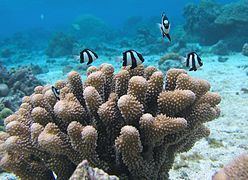Scientific name Pocillopora | Rank Genus | |
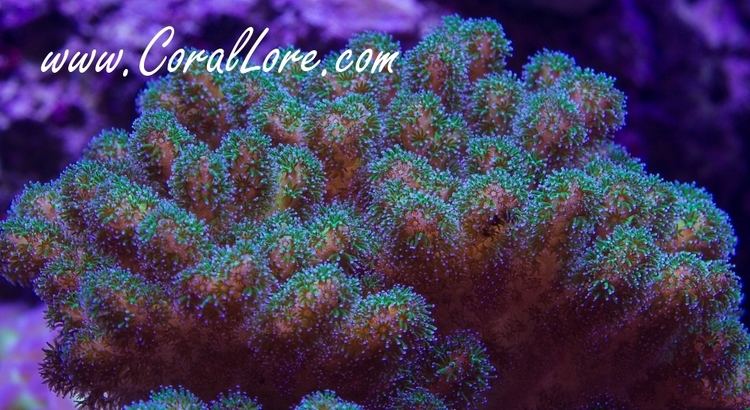 | ||
Similar Pocillopora damicornis, Scleractinia, Montipora, Stylophora, Seriatopora | ||
A quick look at pocillopora care
Pocillopora, is a genus of stony corals in the family Pocilloporidae occurring in the Pacific and Indian Oceans. They are commonly called cauliflower corals and brush corals.
Contents
- A quick look at pocillopora care
- Rope nursery construction pocillopora verrucosa nursery
- Description
- Biology
- Species
- References
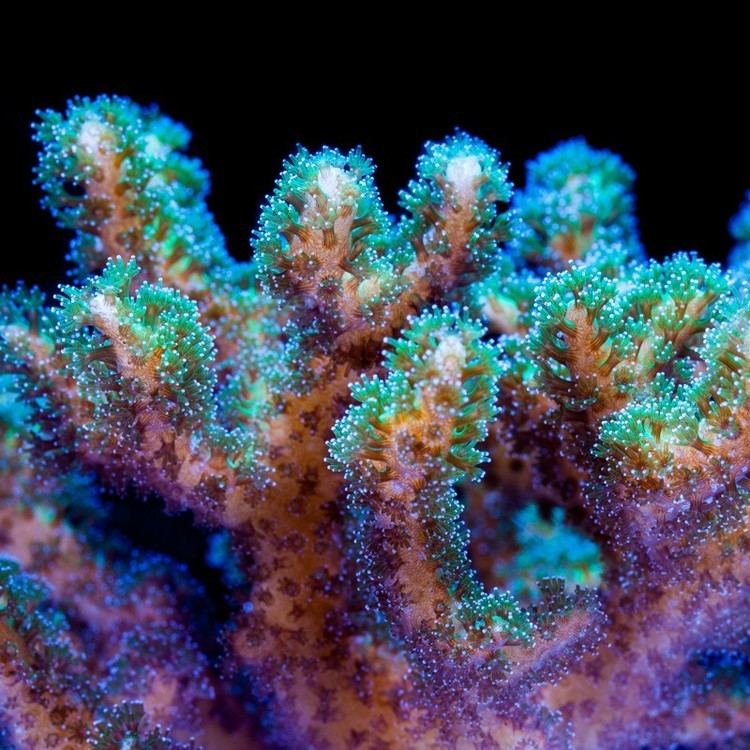
Rope nursery construction pocillopora verrucosa nursery
Description
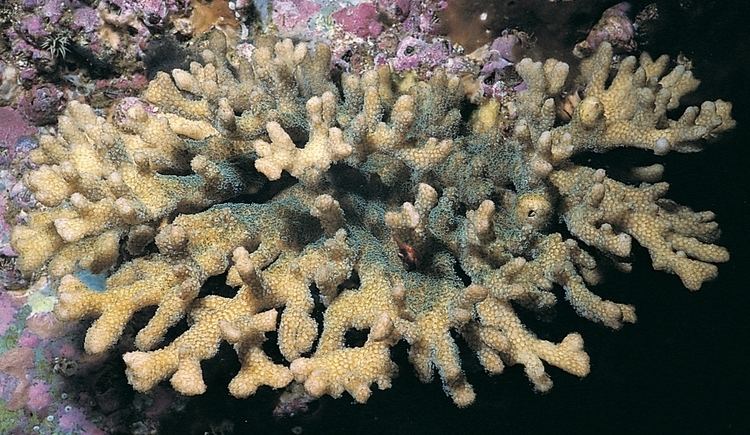
Cauliflower corals are widespread and can be identified by the presence of wart-like growths on their surface. The colonies can be dome shaped or branching and are very variable in colour and shape depending on the species and the environmental conditions. Species situated on shallow reefs pounded by the sea tend to be stunted whilst those in deep calm water are often thin and open. Each individual polyp has tentacles but these are normally extended only at night.
Biology
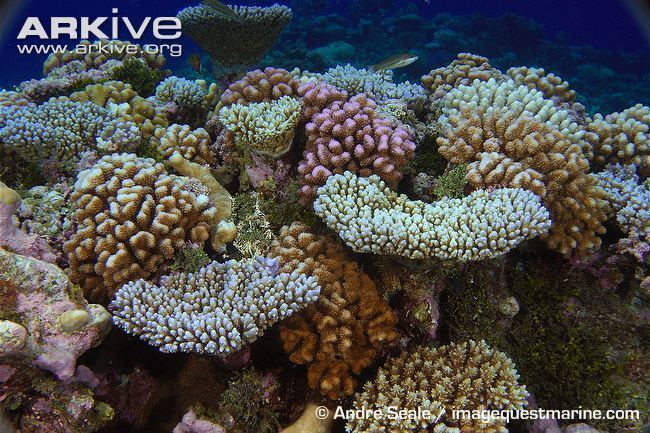
The polyps are hermaphrodite, possessing four sets of male and four sets of female gonads. Pocillopora can reproduce asexually via fragmentation. They also reproduce sexually and the larvae develop inside the polyps rather than free floating in the water. When they are mature, the larvae are released and can remain free-swimming for several weeks before settling on the substrate.
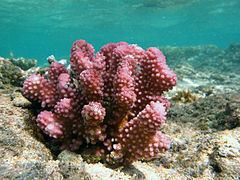
Pocillopora corals contain microscopic symbiotic algae (zooxanthellae) living within them. Through photosynthesis, these algae produce energy-rich molecules that the coral polyps can assimilate. In return, the coral provides the algae with protection and access to sunlight. The polyps also feed by capturing tiny particles using their tentacles. These corals are widespread because they sometimes attach to floating objects and can be carried far afield by currents and wind.
Species
